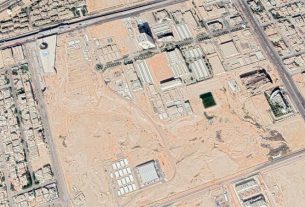Global warming does not forgive anyone, but some are more exposed than others. The Arctic regions, for example, do not forget the great cities of the world. If nothing is done to stop the global increase in temperatures, some megacities could become real kilns, reveals a study published on Wednesday in Plos One magazine. It will be as hot in London as in Madrid today, or in Paris as in Canberra. Large tropical cities, such as Kuala Lumpur, Jakarta, and Singapore, will be the most affected. To the point that they could become almost unbearable.
A “radical change” in the climatic conditions.
For this work, ETH Zurich researchers studied the current climate of the 520 major cities of the world and then estimated the climate response over time in terms of the current projections of climatologists. Keep in mind that these projections are “optimistic” in the sense that they are based on stabilization of carbon emissions in the middle of the century and an average temperature increase of 1.4 ° C compared the climatic similarities between Current and future cities to give us a more accurate reading of the results.
It seems that even in this optimistic scenario, the largest cities in the northern hemisphere will resemble cities more than 1,000 kilometers further south in 2050. In Europe, for example, it will average 3.5 degrees centigrade more in summer and 4.5 degrees centigrade. More in winter. We also learn that cities located near the equator will not necessarily see rising temperatures. On the other hand, they should suffer more extreme climatic phenomena (drought, precipitation).
More generally, three-quarters of the world’s cities will experience a “dramatic change” in weather conditions, and 22% will experience “new” conditions, he says.
What does it mean to mitigate the effects of heat?
To counteract these effects, several solutions can be implemented. We know that the city of Los Angeles, for example, began to repaint its white roads to reflect light, and therefore heat, as much as possible. It will also be important to plant a lot of vegetation. We know that a mature tree is equivalent to five air conditioners. We can also promote the circulation of wind in cities to prevent hot air from stagnating. To do this, it is enough to identify the natural corridors and avoid building constructions that involve them.




